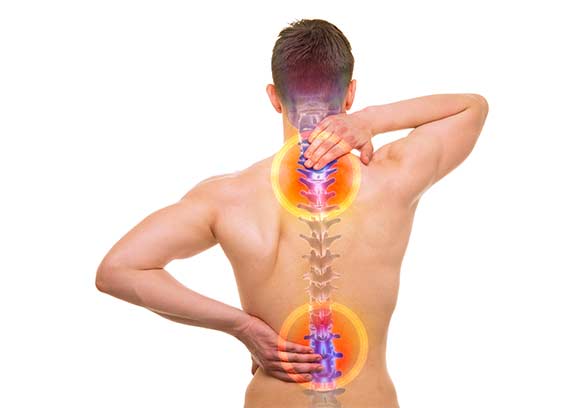
Spine pain, particularly when it’s relegated to the lower back or neck, is often linked to nerve compression.
If conservative (non-surgical) treatments involving medication, activity modification, and physical therapy exercises aren’t providing sufficient relief, you may prefer to consider spinal decompression in Mission Viejo, also referred to as nonsurgical decompression therapy.
- Spinal decompression is a therapeutic treatment that involves the use of a special traction table.
- The goal of spinal decompression is to improve circulation to damaged discs and ease pressure on nearby nerve roots.
What Is Spinal Decompression Therapy?
An optimal healing environment is created with spinal decompression therapy. It’s done to relieve pressure on a nerve root that may be caused by a herniated disc or certain other sources of nerve compression. By using traction, various components of the spine can be naturally realigned. In some instances, the bulging disc material may naturally go back into the disc. Even if this doesn’t happen, relief may be experienced by increasing circulation and the flow of beneficial nutrients. Other than disc herniation, conditions or types of pain treated with spinal decompression therapy may include:
- Sciatica
- Spinal stenosis
- Arm and leg pain
- Pain coupled with numbness and tingling sensations


How Is It Done?
Initially, you’ll be evaluated to determine if you have a source of nerve compression likely to respond to spinal decompression therapy. This process usually includes a review of your medical history, X-rays and other image tests, and a discussion of your symptoms. During a decompression session, you will be fully clothed and will lie down on a traction table, usually with harnesses around your pelvis and mid-body area. Decompression can be done lying face down or face up on the table.
The lower section of the motorized table is what’s moved to provide the traction and ease nerve pressure. The top part of the table will remain in a fixed position. The movable section will be gently slid back and forth. Patients usually do not experience any noticeable discomfort during sessions, although the fact that the spine is being adjusted or stretched is usually noticeable.
How Many Spinal Decompression Sessions May Be Necessary?
Decompression sessions typically last for about half an hour or 45 minutes. As for how often spinal decompression in Mission Viejo will need to be done to achieve the desired results, this will depend on the extent of the problem causing nerve compression. Typically, patients have 15-30 sessions spaced out over a four to six-week period. Between sessions, you may be advised to perform certain exercises to strengthen spine-supporting muscle groups.
What Happens After Spinal Decompression?
After each session, let your therapist know how you are feeling. If you are responding well to non-surgical decompression, you’ll likely notice a gradual decrease in pain and an improved ability to perform your normal activities without distracting pain. According to long-term outcome studies, patients treated surgically or non-surgically with decompression methods reported similar improvements with symptoms and relief from lower back pain. In order to improve your results with spinal decompression therapy, a pain management specialist may recommend exercises to correct posture and suggest other lifestyle adjustments that tend to promote overall wellness.
Who Is a Candidate?
Chronic back pain sufferers with localized or radiating nerve-related pain are the target patients for spinal decompression in Mission Viejo. However, there are certain factors that will determine if spinal decompression therapy is the right option for you, or if you may benefit from other pain management methods such as transcutaneous electrical nerve stimulation (TENS), low-impact exercise routines, or massage therapy instead.
Spinal decompression is not considered an effective treatment for spine-related pain due to spinal tumors or infections, forward or backward vertebra slippage (spondylolisthesis), or ankylosing spondylitis, an inflammatory disease that may cause vertebrae to fuse together over time. It’s also not recommended for patients currently taking conditions managed with blood thinners. Non-surgical decompression is generally recommended for patients:
- Without other serious musculoskeletal conditions or injuries
- Who do not have spine-related pain related to osteoporosis
- Who are not currently pregnant
- Not experiencing severe symptoms that may be better resolved with surgery
Spinal decompression in Mission Viejo is an option worth considering if you want to hold off on spine surgery. Depending on how well you respond to decompression therapy, you may reach a point where your symptoms are manageable enough to avoid surgery altogether. If your discomfort is related to degenerative disc disease (age-related disc damage), know that related pain from nerve irritation sometimes naturally decreases over time. Sessions may include other PT therapies that are performed before or after decompression is done, including ultrasound and hot and cold therapy.


